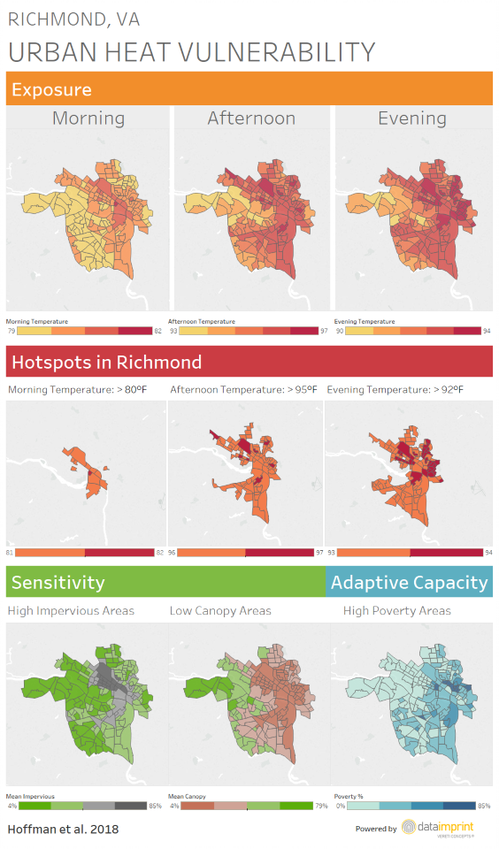Did you notice the map of the state of New Jersey or the number of students served? Or did something else drawn you in? Everyone’s experience can be different, but how we can scan and process information is the same.
We scan visual content looking for patterns in order to interpret what we are seeing. We scan shapes, color, space, and words and we associate them in groups that help us discover a pattern and ultimately the story behind the image.
A visual story may have micro stories that work together to stitch together the bigger story. If these stories draw on our emotions, then there will be a stronger limbic system response as opposed to a frontal cortex response. This difference in activation will cause that information to have different perceptual significance and will, therefore, be stored differently. Emotional memories are more readily coded into long term memories than just straight facts. Plain facts need repetition and confirmation, whereas emotional memories can “take a shortcut.”
Learning about the way the human brain senses and perceives information and how it can be utilized to create informed data has become a passion of mine. I believe that data storytelling is vital in taking beige facts and turning them into a rich story that can be followed and related to. My pursuit of purpose has led me to this extraordinary field of data and visualizations through which I can capture human stories and create pathways that create connections, inspire, and drive social change.
References:
[1] Ware, Colin Visual Queries. Retrieved from
https://www.researchgate.net/publication/221520317_Visual_Queries_The_Foundation_of_Visual_Thinking
[2] Tatler, B. W., Wade, N. J., Kwan, H., Findlay, J. M., & Velichkovsky, B. M. (n.d.). Yarbus, eye movements, and vision. Retrieved from https://www.ncbi.nlm.nih.gov/pmc/articles/PMC3563050/





